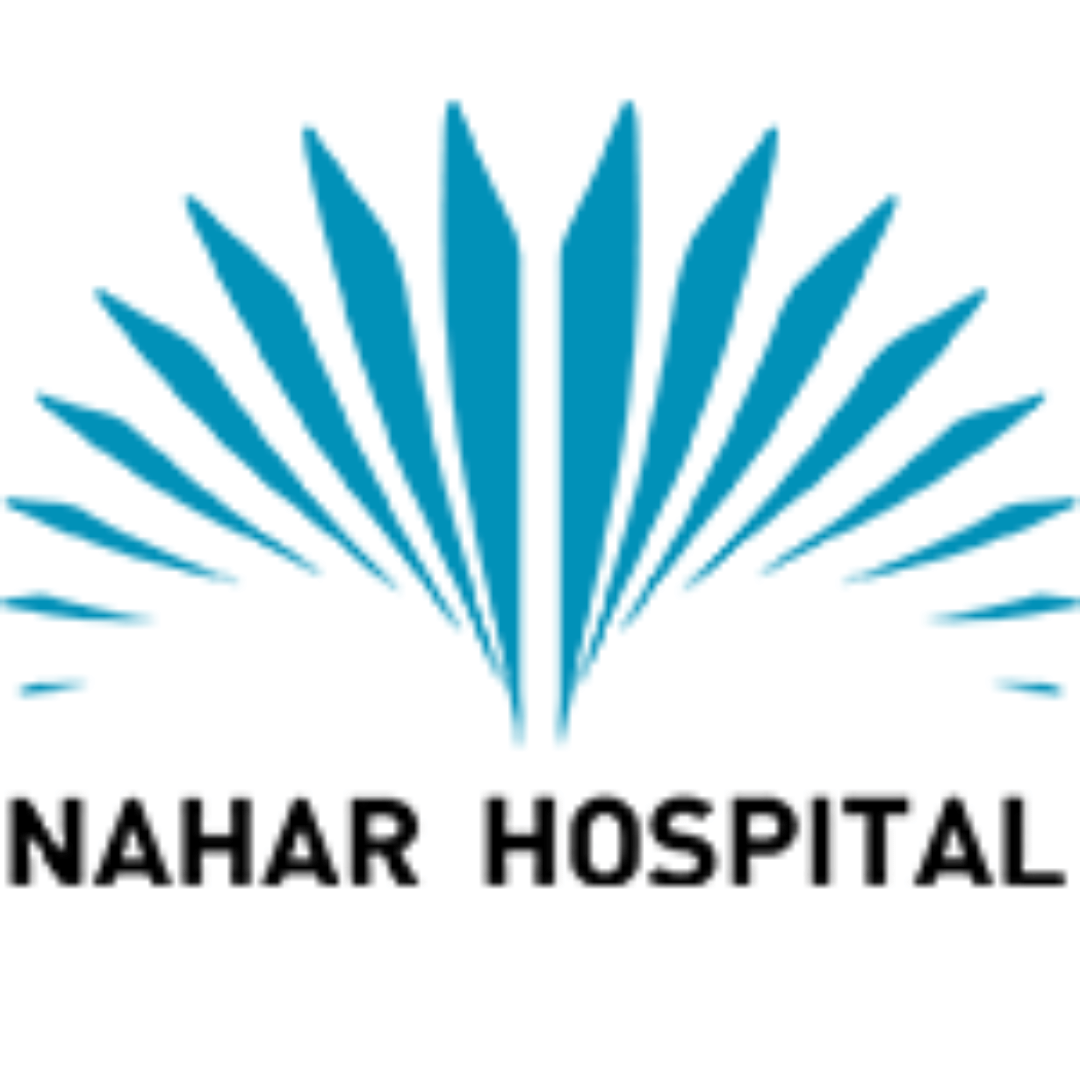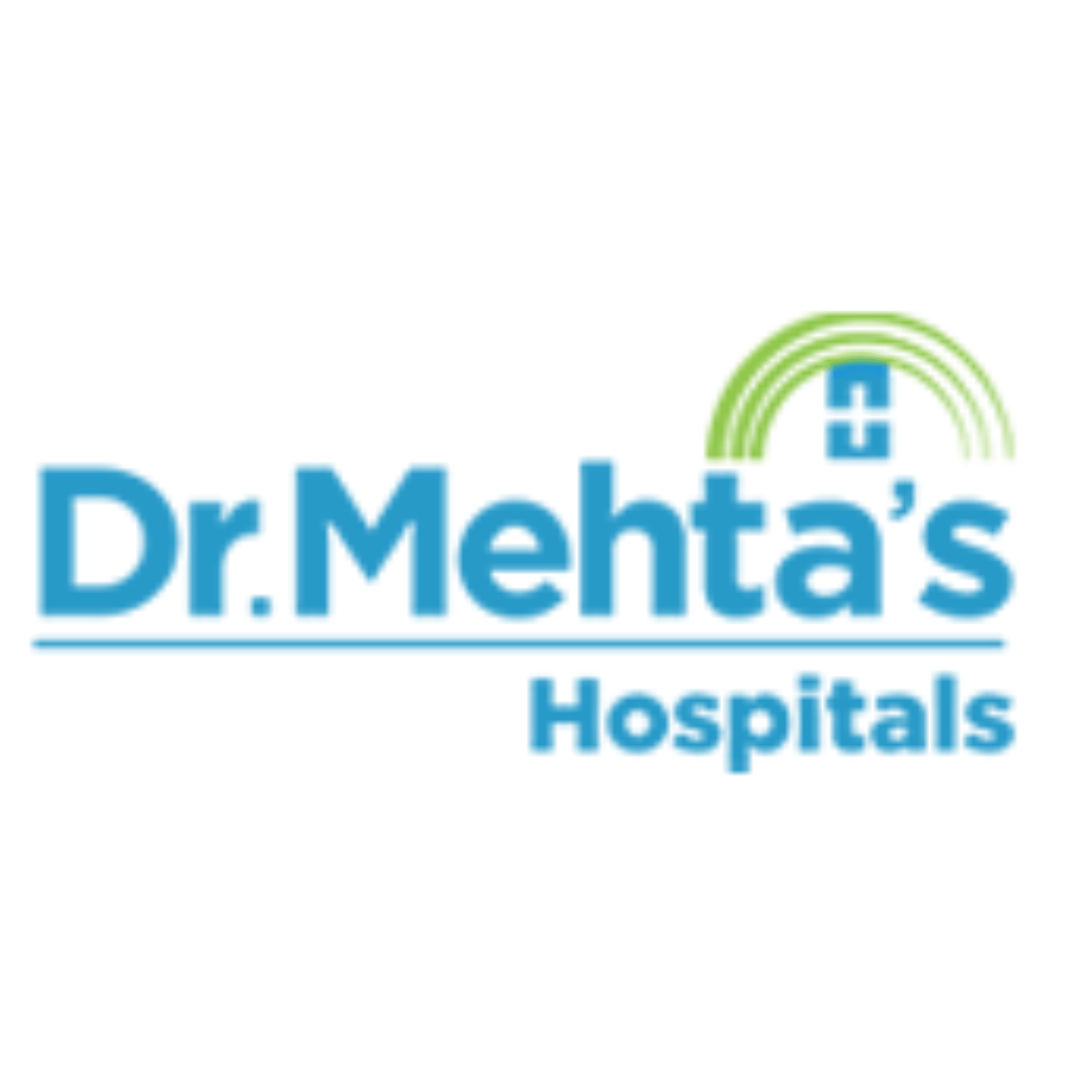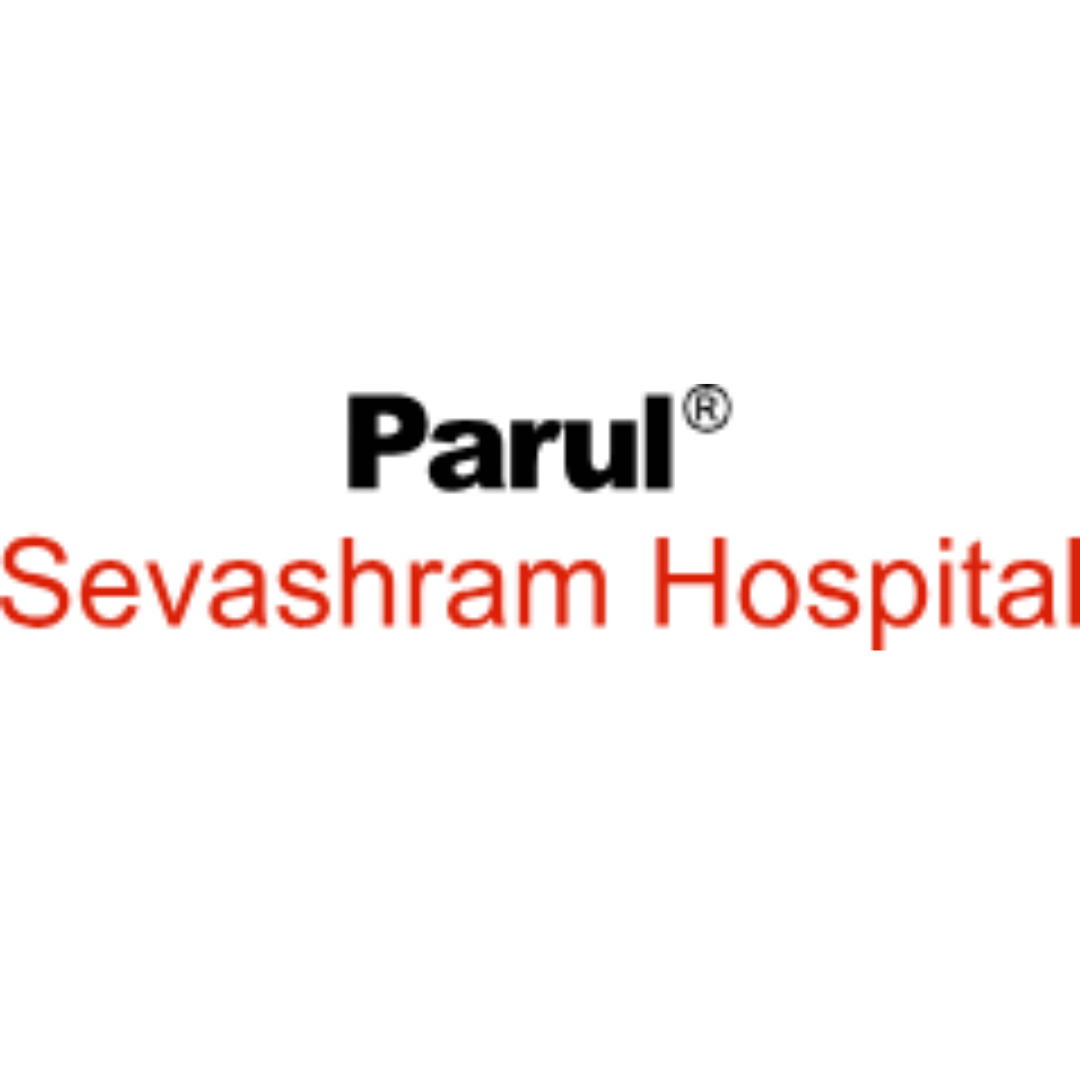 Challenges in sustaining safety standards in high-performing Healthcare Services
Challenges in sustaining safety standards in high-performing Healthcare Services Tech Optimization: Making Quality and Patient safety integral to clinical processes
Tech Optimization: Making Quality and Patient safety integral to clinical processes
 Role of simulation in patient safety
Role of simulation in patient safety God Lost His Reputation
God Lost His Reputation
 Transforming safety culture in Healthcare
Transforming safety culture in Healthcare Do you hear what I hear? Alarm Fatigue in Medical Settings: A Growing Concern
Do you hear what I hear? Alarm Fatigue in Medical Settings: A Growing Concern
 The Use Of Innovative Non-invasive Ventilation Mask With An Inbuilt Feeding Port (NIV-IFP Mask) In Patients Requiring Prolonged Ventilation
The Use Of Innovative Non-invasive Ventilation Mask With An Inbuilt Feeding Port (NIV-IFP Mask) In Patients Requiring Prolonged Ventilation Reimagining Patient Experience
Reimagining Patient Experience
 Designing for Patient Safety
Designing for Patient Safety Patient Bed-Side Bio-medical Waste Segregation Trolley
Patient Bed-Side Bio-medical Waste Segregation Trolley
 Impact of Technology on Quality and Patient Safety
Impact of Technology on Quality and Patient Safety A Model Center for a fully automated in-house calibration lab by the biomedical engineering dept.
A Model Center for a fully automated in-house calibration lab by the biomedical engineering dept.
 Adoption of technology in clinical and non-clinical care and process improvement
Adoption of technology in clinical and non-clinical care and process improvement Nightingale - AI-Powered Digital Platform for Nursing Excellence
Nightingale - AI-Powered Digital Platform for Nursing Excellence
 Safety for the Newborn: Price to pay and gain
Safety for the Newborn: Price to pay and gain Volatility, Uncertainty, Complexity, and Ambiguity (VUCA) in Healthcare
Volatility, Uncertainty, Complexity, and Ambiguity (VUCA) in Healthcare
 Bridging the Gap: Patient-Centered Healthcare with PFPSF
Bridging the Gap: Patient-Centered Healthcare with PFPSF Enhancing Patient Engagement through Patient Advisory Councils
Enhancing Patient Engagement through Patient Advisory Councils
 Patient Feedback and Satisfaction
Patient Feedback and Satisfaction Redefining quality indicators of the Oncology Center toward more patient-centered care by adopting the British Columbia Health Quality Matrix
Redefining quality indicators of the Oncology Center toward more patient-centered care by adopting the British Columbia Health Quality Matrix










